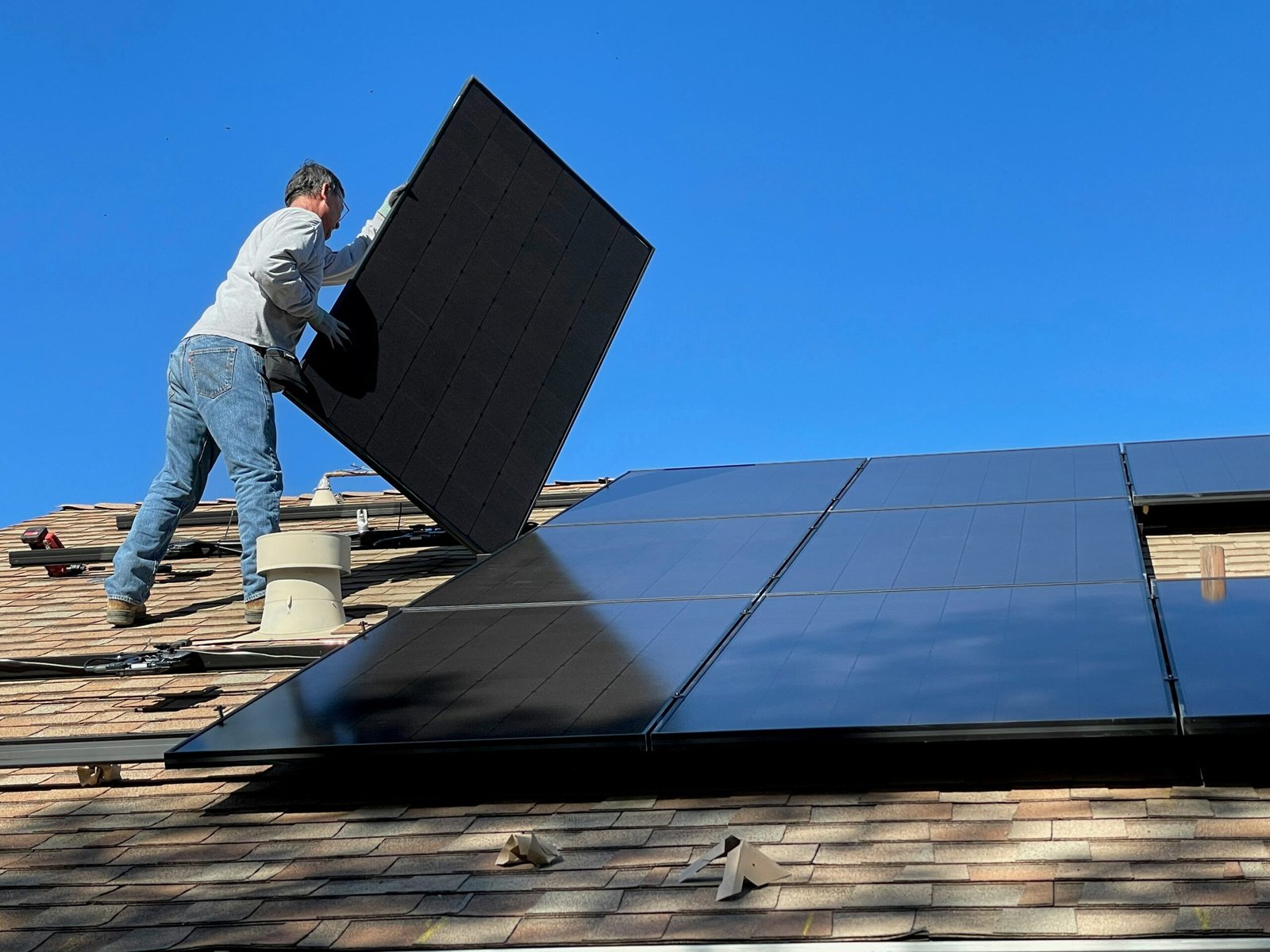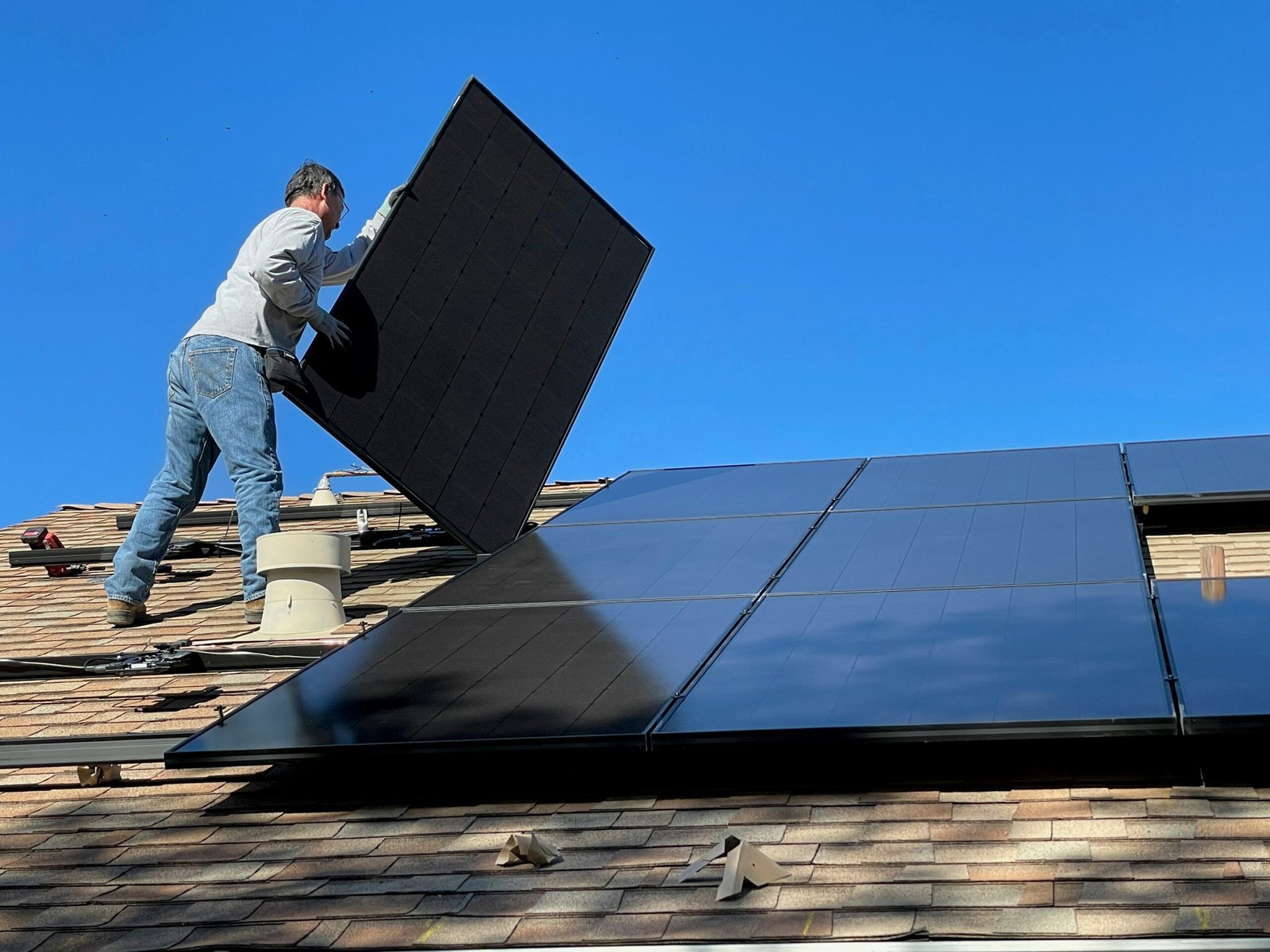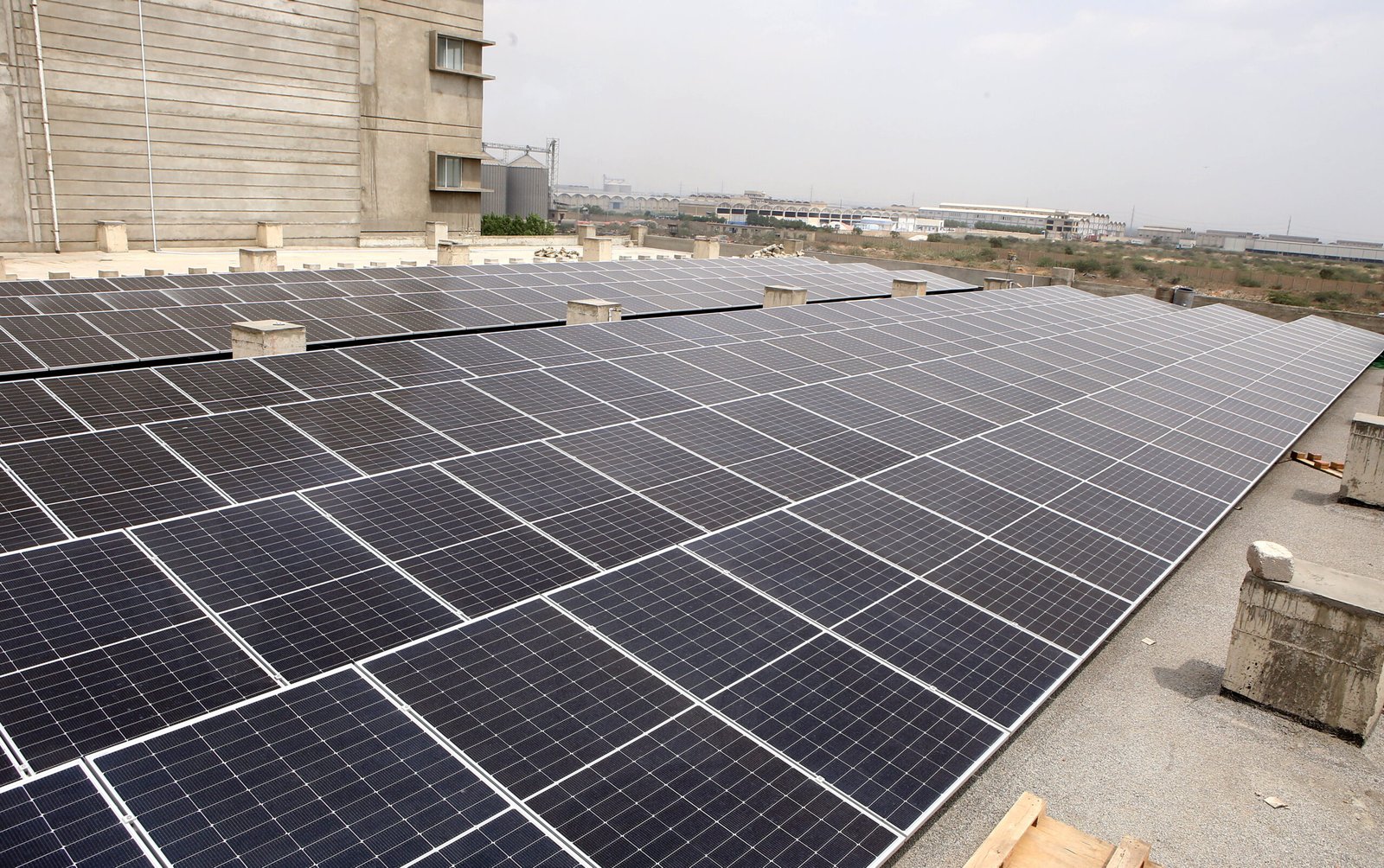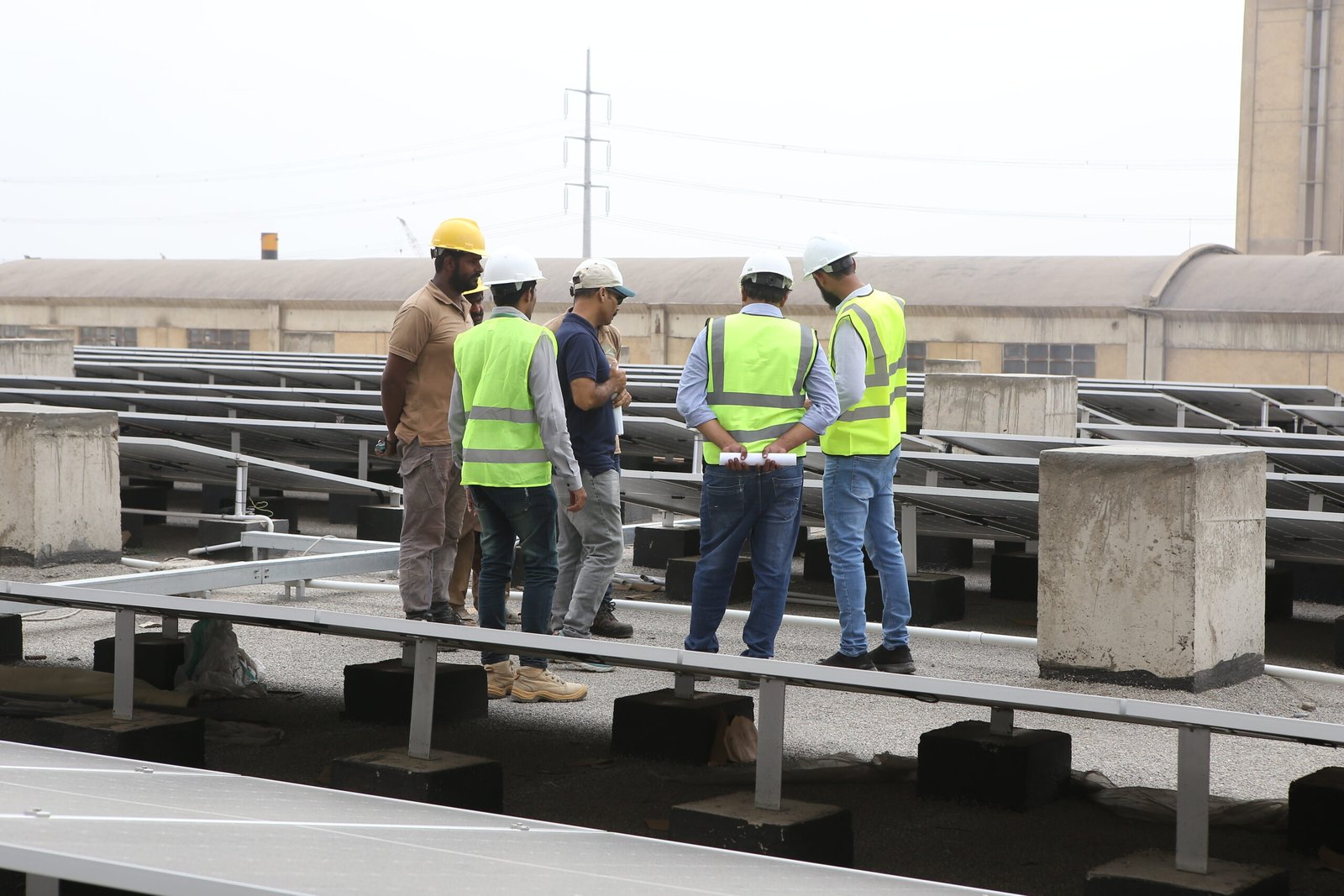As the world increasingly turns to renewable energy sources, solar power has emerged as a popular and viable option. One of the key technologies in this field is the on-grid solar system. In this article, we will explore what an on-grid system is and how it works.
Introduction to On-Grid Systems
An on-grid solar system, also known as grid-tied or grid-connected, operates by harnessing solar energy through panels installed on rooftops or in open spaces. Unlike off-grid systems, it remains connected to the local utility grid, enabling seamless exchange of excess electricity generated during sunny periods and drawing power from the grid when solar production is insufficient. This interconnectedness ensures a reliable electricity supply, reducing dependence on non-renewable sources and often allowing users to benefit from net metering programs, where surplus energy can be sold back to the grid, promoting both sustainability and cost savings.
Apple Energy Technologies Private Limited, a leading provider of solar installation services, specializes in setting up on-grid systems for residential, commercial, and industrial clients. These systems allow users to generate their own electricity using solar panels and feed any excess power back into the grid.
How Does an On-Grid System Work?
The main components of an on-grid solar system include solar panels, an inverter, and a grid connection. Let’s take a closer look at each of these:
Solar Panels
Solar panels, also known as photovoltaic (PV) panels, are the heart of any solar power system. These panels consist of multiple solar cells that convert sunlight into direct current (DC) electricity. The panels are typically mounted on rooftops or in open spaces to maximize exposure to sunlight.
Inverter
Once the solar panels generate DC electricity, it needs to be converted into alternating current (AC) electricity, which is the type of electricity used in homes and businesses. This is where the inverter comes in. The inverter converts the DC electricity into AC electricity, making it compatible with the electrical appliances and devices connected to the grid.
Grid Connection
The grid connection is a crucial component of an on-grid system. It allows the solar system to interact with the local electric grid. When the solar panels produce excess electricity that is not immediately consumed, it is fed back into the grid. Conversely, when the solar panels are not generating enough electricity, power is drawn from the grid to meet the demand.
By being connected to the grid, on-grid systems offer several advantages:
- Energy Independence: Users can generate their own electricity and reduce their reliance on the grid.
- Net Metering: Excess electricity fed back into the grid can be credited, resulting in potential savings on electricity bills.
- Reliable Power Supply: On-grid systems provide a consistent power supply, even during periods of low solar generation.
- Environmental Benefits: Solar power is clean and renewable, reducing carbon emissions and promoting sustainability.
Advantages of On-Grid Systems
- Cost Savings: By generating your electricity and utilizing net metering, you can save money on your energy bills.
- Environmental Benefits: On-grid systems reduce your carbon footprint by relying on clean, renewable solar energy.
- Reliable Power Supply: You have access to a stable power supply, even when your solar panels aren’t producing electricity.
- Grid Support: Your surplus electricity contributes to the overall stability of the grid.
- Incentives: Many governments and utilities offer incentives and rebates to encourage the installation of on-grid systems.
Conclusion
On-grid solar systems, such as those provided by Apple Energy Technologies Private Limited, are an effective way to harness the power of the sun and contribute to a greener future. By understanding how these systems work and their benefits, individuals and businesses can make informed decisions about adopting solar energy.
Whether you are looking to reduce your electricity bills, minimize your carbon footprint, or simply take advantage of the abundant sunlight, an on-grid solar system can be a smart investment.






